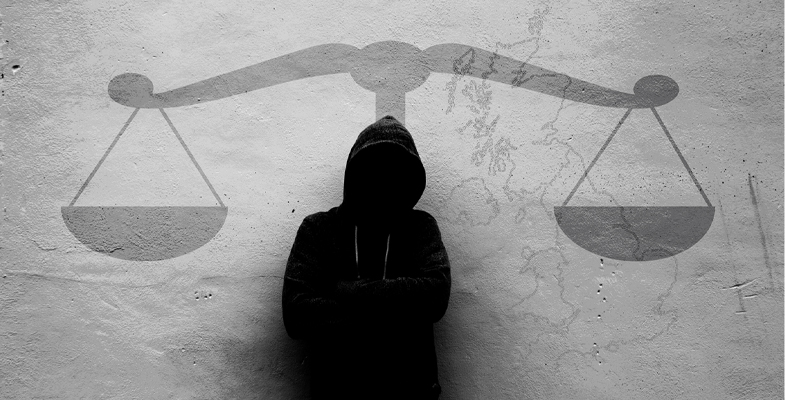5 Changing the questions?
Winston Churchill, who featured at the beginning of this session, appears to have taken a fairly relaxed attitude to the dangers of substance abuse, perhaps because he was notorious for indulging heavily himself in excessive drinking. This legal drug taking was culturally approved and acceptable.
Even so, many Parliamentary careers and personal relationships have been undone by alcohol dependency. Research evidence suggests drug abuse (legal and illegal) and violence often go hand in hand, but Churchill’s remarks about tolerance are drawn from the contexts of his own consumption (Jack, 2017).
His own drinking while in the House of Commons, ‘at work’ and elsewhere, was within the law and any adverse social consequences were made manageable, or excused, by the enormous wealth, power and financial resources that surrounded him (Knight, 2008). Churchill knew, however, that the drunken or anti-social behaviour of a young working-class man was more likely to be handled by police intervention, prosecution and probably prison. There is a certain amount of truth in his evaluation that the background (social class) of the perpetrators determined the way they were dealt with, and the consequences. The criminalisation of the activity for one class of person had serious and lasting consequences, while the tolerance and informal sanctions of the other (for people like Churchill) produced less harmful and less lasting consequences.
In the final activity of this session, you will reconsider some of the implications of Winston Churchill’s evaluation by means of a challenging argument around drugs and young people.
Activity 6 Legalise and regulate or criminalise and marginalise?
a.
a. police arrest data
b.
b. court records
c.
c. social media platforms
d.
d. interviews and focus groups with young people
e.
e. large scale surveys of the neighbourhood
f.
f. database of photos and videos
The correct answers are c and d.
a.
a. impose harsher sentences for possession and supply
b.
b. create more alternative community sentences that keep people out of prison
c.
c. legalise and regulate drug markets
The correct answer is c.
Discussion
Dr Irwin-Rogers’ research suggests that there are positive ways to address the damage that drugs inflict on communities, especially on their younger members. However, his proposals are radically different from those pursued by criminal justice agencies, such as the police and courts. By changing the ways drugs can be bought and sold he suggests the harms they impose can be reduced. Other countries in Europe have adopted these approaches with considerable evidence of success (Ferreira, 2017).
